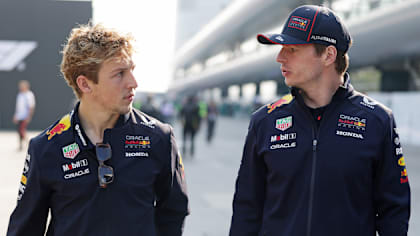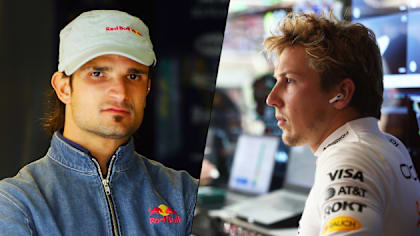Did you know that six different drivers have won the last six season-openers, or that zero Australians have finished in the top three on home soil? We present all the need-to-know numbers ahead of this weekend's 2016 Formula 1 Rolex Australian Grand Prix...
31
The number of world championship races on Australian soil. The first, at Adelaide back in 1985, was won by Williams’ Keke Rosberg. It turned out to be the flying Finn’s final Grand Prix victory. Since 1996 the race has been held at Melbourne’s Albert Park.
16
The number of laps completed in the shortest ever Australian Grand Prix - also the shortest world championship race of all-time - in 1991. In the end, race results were taken from the order at the end of lap 14, with Ayrton Senna declared the winner. Because so little of the race had been run, half points were awarded.
1:24.125
The official lap record at Albert Park, set by Ferrari's Michael Schumacher in 2004. Last year's fastest lap was a 1:30.945 by Mercedes' Lewis Hamilton
3
The number of rookies that will be on the 2016 grid in Australia, which is coincidentally the same number as last year. This year’s crop comprises Renault’s Jolyon Palmer and Manor’s Pascal Wehrlein and Rio Haryanto.
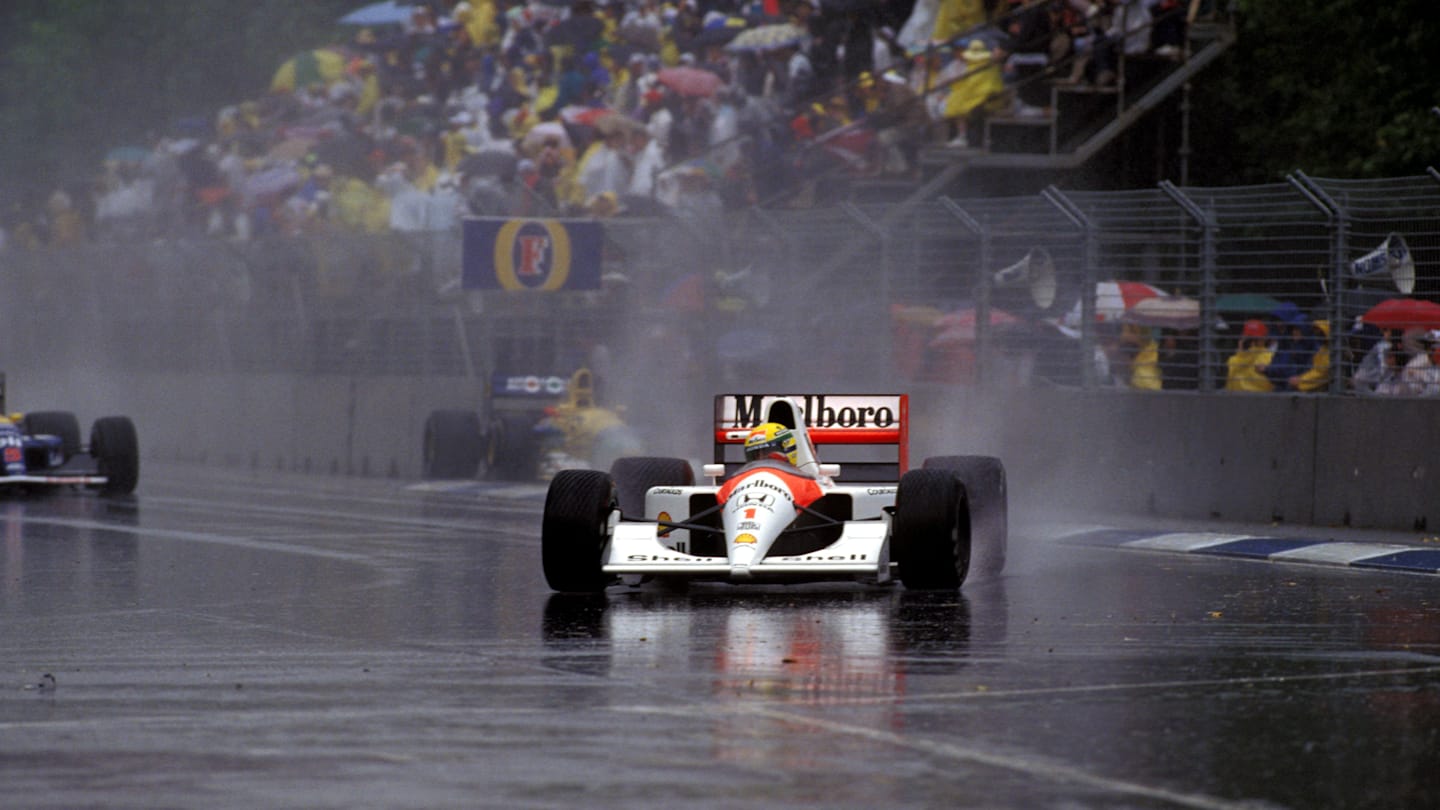
Race winner Ayrton Senna (McLaren MP4/6) leads in the appalling conditions that stopped the race prematurely. Australian Grand Prix, Adelaide, 3 November 1991. © Sutton Motorsport Images
329
The speed, in km/h, that Williams’ Valtteri Bottas clocked through the speed trap during qualifying in Melbourne last year. Sauber’s Marcus Ericsson was the quickest through the trap in the race, but at a much slower velocity of 309.3km/h.
64,322
The total brake pedal load (in kilograms) during the Australian Grand Prix, according to the brake experts at Brembo. The hardest braking point is at Turn 1 where the drivers slow from around 320km/h to 140km/h in just over 100m – a deceleration of 5.3G.
17
The number of times Jenson Button has raced at Albert Park, including this year. No other driver has competed in as many races at the venue.
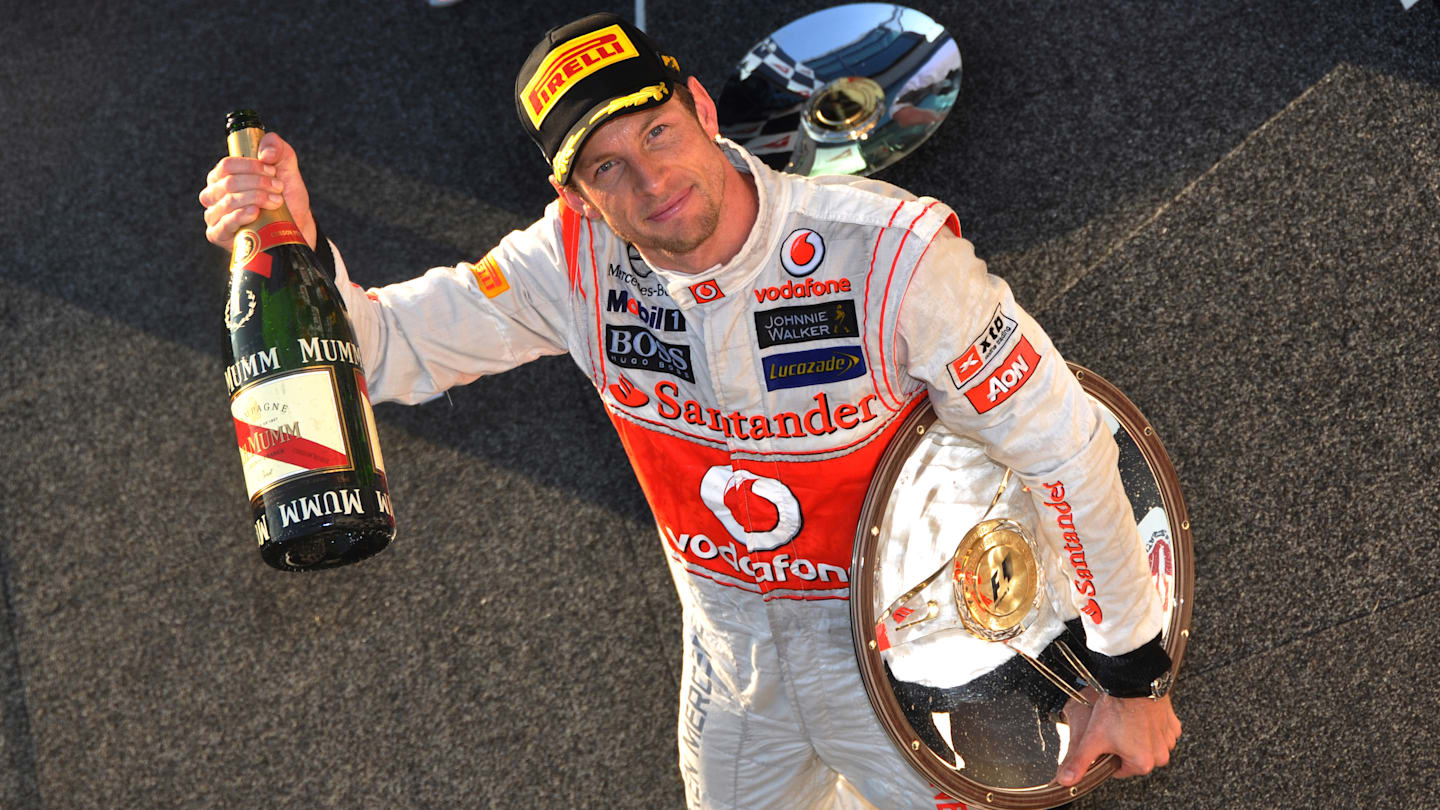
Race winner Jenson Button (McLaren) on the podium. Australian Grand Prix, Rd1, Race Day, Albert Park, Melbourne, Australia, Sunday 18 March 2012. © Sutton Motorsport Images
1.360
The winning margin, in seconds, in last year’s race, when Lewis Hamilton led home Mercedes team mate Nico Rosberg. The smallest margin of victory in Australian Grand Prix history occurred in 1998 when Mika Hakkinen beat McLaren team mate David Coulthard by 0.702s, while the biggest winning margin came in 1995 when Williams' Damon Hill triumphed by a whole two laps.
19
The number of different drivers to have won in Australia since the race’s inception in 1985. Michael Schumacher leads the way with four wins, but Jenson Button is just one away from equalling the German’s record. As for the rest of the current grid, Kimi Raikkonen and Lewis Hamilton have two victories apiece Down Under, while Fernando Alonso, Sebastian Vettel and Nico Rosberg have all triumphed once in Melbourne.
150
The number of laps led by Jenson Button in Australia, which is 32 more than the next best current driver (Lewis Hamilton). Only Michael Schumacher (235) and Ayrton Senna (171) have led more laps Down Under than the British racer.
11
The number of times McLaren have won in Australia – more than any other team. The British squad have 26 podiums Down Under in total, which is five more than rivals Ferrari who have seven wins to their credit in Australia.
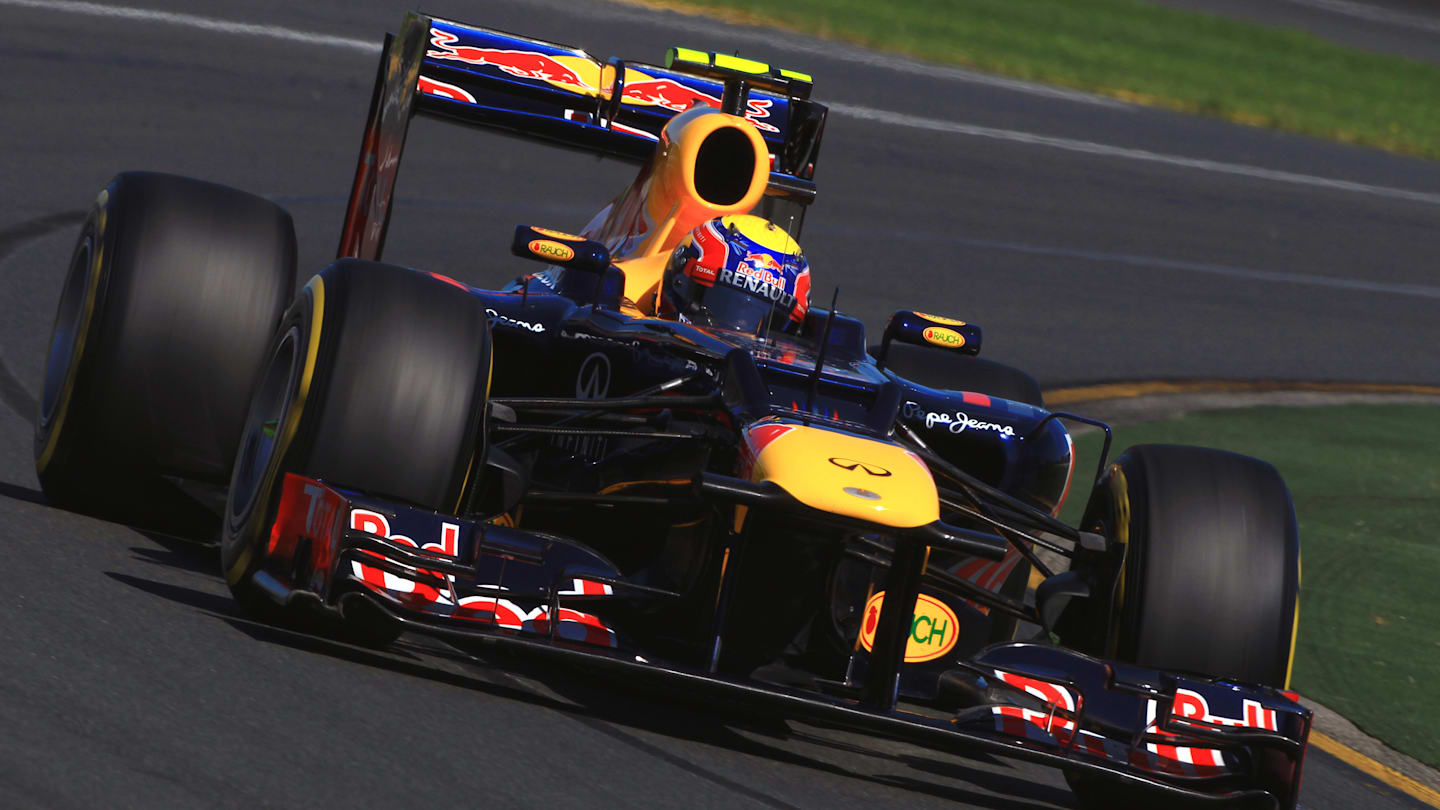
Mark Webber (Red Bull Racing RB8) Australian Grand Prix, Albert Park, Melbourne, Australia, Saturday 17 March 2012. © Sutton Motorsport Images
36
The age, in years, of Kimi Raikkonen, who once again goes into the season opener as the oldest driver on the grid. At 18, Max Verstappen is the youngest driver in the field, and will become the youngest points scorer in Australian Grand Prix history if he finishes in the top ten on Sunday.
0
The number of Australians who have finished in the top three at their home Grand Prix. Technically Daniel Ricciardo did stand on the podium in 2014, but his subsequent disqualification from second place (for fuel flow irregularities) means that Mark Webber’s fourth place in 2012 remains the best result for an Australian in Australia.
45
The percentage of times pole position has been converted into victory in Melbourne. Nine of the 20 races at Albert Park have been won from P1 on the grid, including last year when Lewis Hamilton triumphed from pole for Mercedes.
12
The number of times, from 20 races, that the winner at Albert Park has gone on to claim the world title. Will this year’s race prove as prescient?
